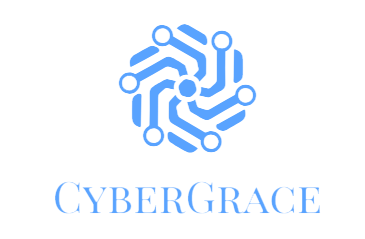- Remote care and telemedicine have revolutionized the health industry by providing quick medical advice from healthcare professionals virtually.
- Wearable devices like smartwatches allow constant access to vital stats for better self-monitoring or remote patient consultation.
- Modern imaging technology has advanced dental care for more precise procedures and 3D printing for custom teeth replacements.
- Technology has also enabled minimally-invasive surgeries, virtual reality simulations, AI-assisted procedures, and robotic surgery.
As modern technology progresses rapidly, it’s no surprise it has significantly advanced the health industry. Technology has increased opportunities for improved treatments and faster results, increasing patient satisfaction. Here are just a few examples of new gadgets and technology that have revolutionized the health sector:
Long-distance Care
Especially with the COVID-19 pandemic, remote care has become famous for patients to receive medical advice quickly and safely. This technology allows healthcare professionals to interact with patients virtually, providing diagnoses and treatments.
Telemedicine
This branch of remote care uses virtual communication service platforms to deliver medical advice and treatments. For example, patients can quickly get prescribed medications without having to go to the doctor’s office physically or pharmacy. Patients simply need to schedule a video call with the healthcare professional to get an e-prescription, which is then sent directly to their pharmacy. This streamlines the medical process and is incredibly beneficial for those who do not have easy access to healthcare.
Wearable Devices
Devices such as smartwatches have become popular among consumers who want constant access to their vital stats throughout the day. They use this data for better self-monitoring or even remote patient consultation from healthcare professionals via telemedicine platforms. These devices also provide valuable data for researchers working on tracking patterns related to disease outbreaks or lifestyle choices that will help prevent them from occurring in the future.
Dental Care
Dentistry has been around since ancient times, but modern science has revolutionized it into something unrecognizable compared to its primitive beginnings. Thanks to advances in imaging technology, dental procedures are now more precise than ever to promote better oral health outcomes. Some of the most popular tools and treatments today include the following:

Tooth Replacement
Recent advancements in 3D printing and AI have created a new way of restoring lost teeth or performing implants. Modern teeth replacement involves using scans of your mouth, allowing dentists to create replacement teeth or entire sets of dentures tailored to your specifications. This results in perfect fitting and aesthetically pleasing replacements that feel as natural as any real teeth.
Home Treatments
In addition, new gadgets such as at-home tooth whitening kits are making it easier for people to maintain proper oral hygiene without visiting the dentist. These are typically battery-powered electric toothbrushes with built-in water tanks for optimal brushing techniques. Some popular at-home treatments include whitening strips, gels, and bleaching trays.
Surgical Treatments
Modern technology has also enabled healthcare providers to perform minimally-invasive surgeries. Thanks to high-definition cameras and robotics, many procedures are now more accurate than ever. This makes them safer and less uncomfortable for patients while leaving no visible marks.
Virtual Reality Surgeries
Before undergoing any major surgery, doctors may simulate the procedure with virtual reality to practice and prepare for it. With this technology, healthcare professionals can better visualize the process and plan their steps for a successful operation.
AI-Assisted Procedures
Artificial intelligence (AI) is now being used to help support healthcare professionals during complex operations, such as analyzing MRI scans. AI can provide insights into the procedure that would otherwise be difficult to detect by human eyes alone. This helps promote improved outcomes while reducing the risk of complications.

Robotic Surgery
Robots are being used to assist doctors during surgeries by performing more precise movements with greater control. These robots can act as an extra pair of hands for the doctor, allowing them to work faster and more accurately. This technology has already been used in various treatments, including heart, brain, and orthopedic surgeries.
Routine Consultations and Booking
Before technology, it was challenging for patients to get appointments with their healthcare providers quickly. But now, some apps and websites offer quick bookings and reminders for patient follow-ups. This makes it easier for patients to keep track of their appointments, which helps ensure they get the care they need on time. As a result, patients are more likely to adhere to their doctor’s recommended treatment plan, leading to better health outcomes overall.
As technology advances, it is clear that modern healthcare will continue to become more accessible, efficient, and cost-effective for everyone. By embracing innovation, the healthcare industry can ensure patients get the best care. This will revolutionize how treatments are delivered and how people take care of their health.

